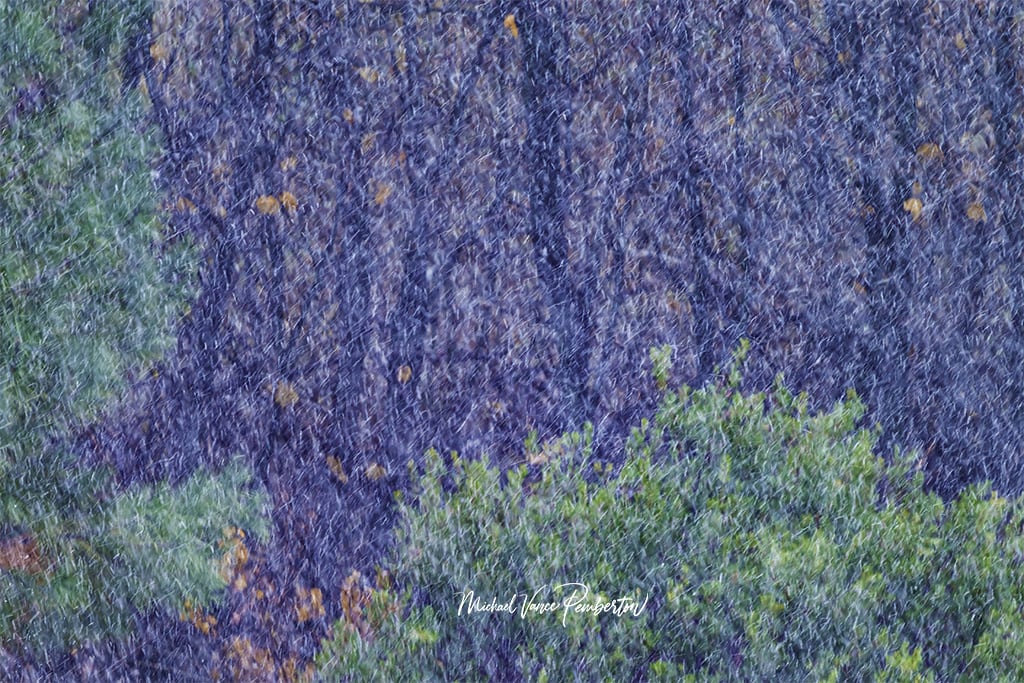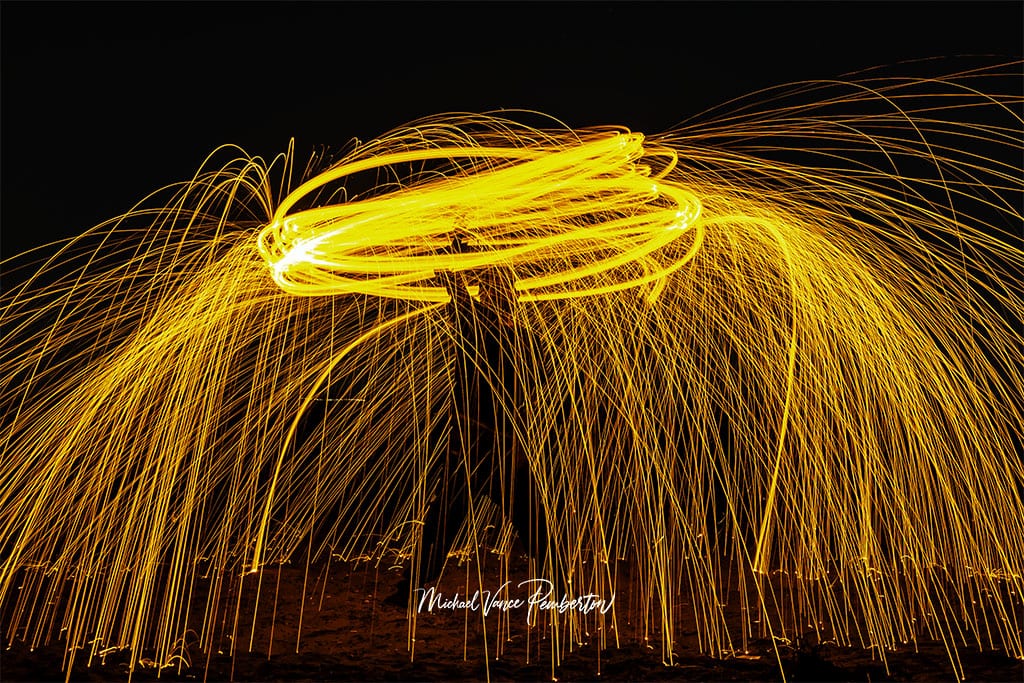
In photography, shutter speed is a fundamental element that plays a crucial role in capturing motion. Understanding the concept of shutter speed and its impact on freezing or blurring motion is essential for photographers seeking to convey a sense of dynamism or serenity in their images. In this article, we will delve into the concept of shutter speed, its technical aspects, and how it can be creatively used to capture motion in diverse photographic scenarios.
Shutter Speed Basics:
Shutter speed refers to when a camera’s shutter remains open, allowing light to reach the sensor. It is measured in seconds or fractions of a second, with typical values ranging from 1/8000s (very fast) to several seconds (slow). Shutter speed, alongside aperture and ISO, forms the exposure triangle, influencing the overall exposure of an image.

Freezing Motion with Fast Shutter Speed:
When photographing fast-moving subjects or scenes, a fast shutter speed is essential to freeze the action. This means the shutter opens and closes quickly, capturing a split-second moment in time with minimal motion blur.
1. Sports Photography: In sports photography, capturing athletes in action requires a fast shutter speed to freeze the dynamic movements, such as a sprinter mid-stride or a soccer player kicking a ball.
2. Wildlife Photography: Fast-moving wildlife, like flying birds, can be challenging to photograph. A high shutter speed helps freeze the motion and capture the intricate details of the subject.
3. Action Shots: Whether it’s a dancer leaping in the air or a skateboarder performing tricks, fast shutter speeds are crucial for preserving the sharpness of the subject during high-energy activities.

Blurring Motion with Slow Shutter Speed:
Conversely, a slow shutter speed allows the camera’s shutter to remain open for longer, capturing a continuous flow of motion and introducing intentional blur to moving subjects.
1. Waterfalls and Rivers: Using a slow shutter speed when photographing waterfalls or flowing rivers creates a silky and ethereal effect, emphasizing the sense of motion and creating a serene atmosphere.
2. Night Photography: A slow shutter speed in low-light conditions can capture the streaks of lights from moving cars, creating dynamic and vibrant cityscapes.
3. Creative Light Trails: During nighttime, photographing moving light sources, such as cars or trains, with a slow shutter speed produces captivating light trails that add an artistic and dynamic element to the image.
Finding the Right Balance:
Achieving the perfect balance between freezing and blurring motion depends on the specific effect you want to convey in your photograph. Consider the following tips:
1. Experimentation: Take the time to experiment with different shutter speeds in various scenarios. This hands-on approach will help you understand how shutter speed affects the appearance of motion in your images.
2. Stabilization Techniques: When working with slow shutter speeds, use a tripod or other stabilization methods to prevent unintentional camera shake, ensuring that only the desired elements in the scene are blurred.
3. Panning Technique: Experiment with the panning technique, where you move the camera with a moving subject. This can result in a sharp subject against a blurred background, conveying a sense of speed and motion.
Conclusion:
Shutter speed is a powerful tool in a photographer’s toolkit, allowing them to control and manipulate the depiction of motion in their images. Whether freezing the action to capture a decisive moment or intentionally blurring elements to convey a sense of movement, understanding how to leverage shutter speed enhances a photographer’s creative capabilities. By mastering this fundamental aspect of photography, you can open up new possibilities for expressing the dynamic and ever-changing nature of the world through your lens.


Recent Posts
In shadows cast by love's deceitful guise,He wandered blind, his heart the captive prize.Through realms unknown, where truth remained concealed,He followed trails of falsehood, unrevealed. Blinded...
Prepare to be amazed as the MCAS Cherry Point Air Show returns on May 11-12. This annual event, hosted by the Marine Corps Air Station (MCAS) Cherry Point in North Carolina, promises a weekend of...